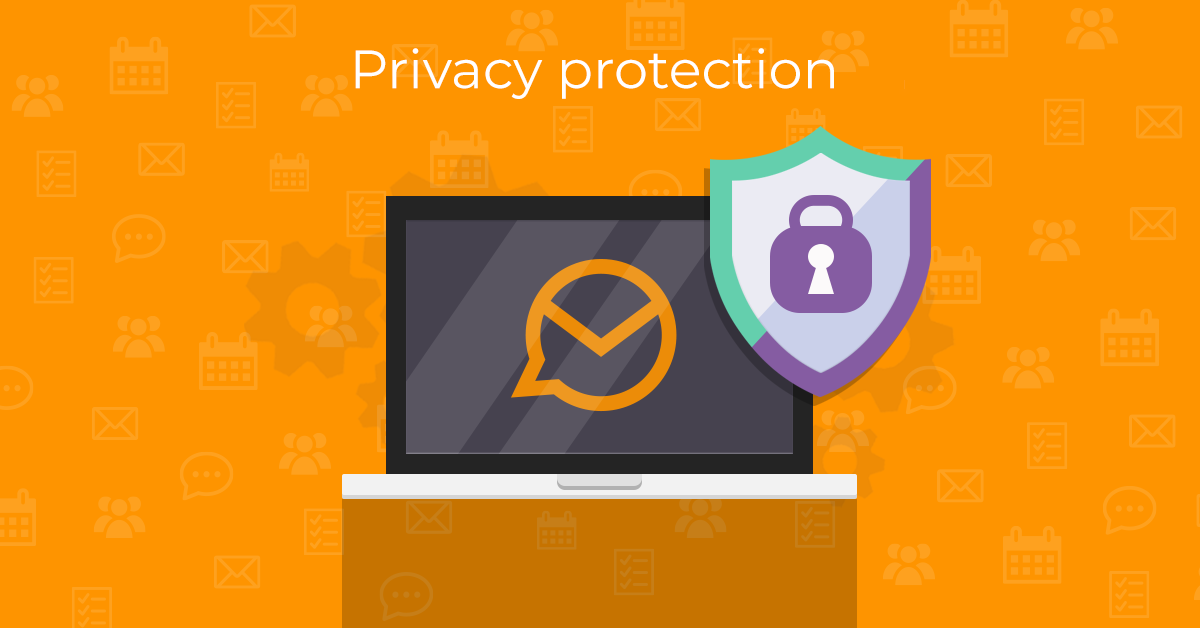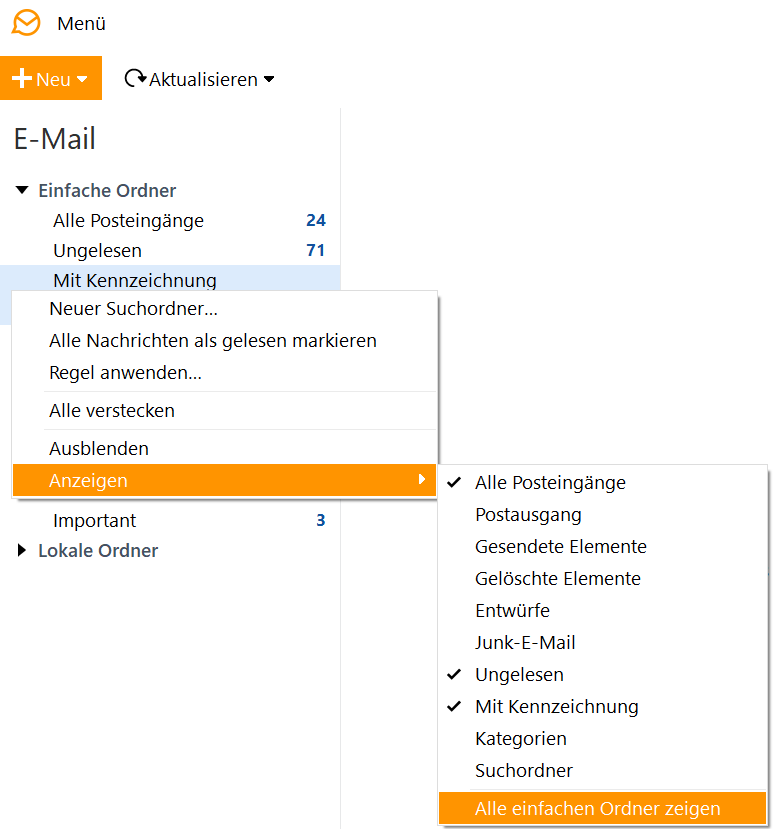

- #Em client support forum for free
- #Em client support forum full
- #Em client support forum verification
If you're using calendars you will want to use a different name to the calendar account: 'Fastmail Contacts' for instance. This is only used for display purposes within eM Client.
Select the Contacts section, then select CardDAV. Your calendars should now sync with eM Client. If you're using contacts you will want to use a different name to the contact account: 'Fastmail Calendar' for instance. Password: Your eM Client app password. #Em client support forum full
Example: If your email address is the account address is User name: Your full Fastmail username, including the domain. Account address URL: (replace with your full Fastmail username, including the domain). Fill in the server address, your username and app password:. Select the Calendar section, then select CalDAV. If you already have an account set up, select Tools → Accounts from the menu bar, then click the New account… button to open the New Account window. If you don't already have an account set up, the New Account window should appear. 
This is the name people will see on the email you send. (What is an app password?) Click Start Now.
Email address: Your full Fastmail username, including the domain. Fill in your email address and app password:. If you don't already have an account set up, the New Account window should appear with the Automatic Setup section open. #Em client support forum verification
If you use your normal password or your Fastmail two step verification password on an external account, syncing to an external service won't work and you will see a password error.
#Em client support forum for free
Yahoo accounts often trigger that with Thunderbird.The instructions and screenshots in this setup guide are for the latest version of eM Client, which you can download for free for Windows.ĮM Client needs its own app password to access your information. Oh, and for someone choosing to use POP3, if you get a password error after setting up Thunderbird/whatever, the real problem might be that you haven't visited your email account in a browser and chosen to allow POP3 to be used. I think most questions about what POP3 can do are answered just by getting into the Advanced settings. if I'm sending myself emails so I have a way of accessing information between home and somewhere else, I want the email to stay until I've been and come back, maybe just a few days and so I set for a week before deletion from server.) (My rule of thumb has always been to think about how long I'm likely, on average, to want to consult recent emails and make sure they don't get deleted off the server before then.
for a period of time after you downloaded the email and if so. is that permanently unless you delete them. if you do want them to remain on the server. do you want them to remain on the server or be deleted when you've 'popped' them to your email program.  choosing whether you want the emails deleted when you delete them from Thunderbird (or Outlook or whatever other client you use). However, POP3 is fairly configurable if you get into the advanced settings, such as: Thunderbird) doesn't move it at the server end. If I recall correctly, moving things around on your local client (e.g. pst, rarely used IMAP but do know a fair bit about POP3.
choosing whether you want the emails deleted when you delete them from Thunderbird (or Outlook or whatever other client you use). However, POP3 is fairly configurable if you get into the advanced settings, such as: Thunderbird) doesn't move it at the server end. If I recall correctly, moving things around on your local client (e.g. pst, rarely used IMAP but do know a fair bit about POP3.







 0 kommentar(er)
0 kommentar(er)
